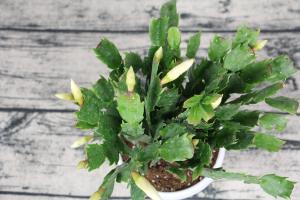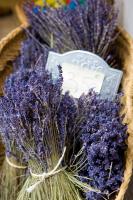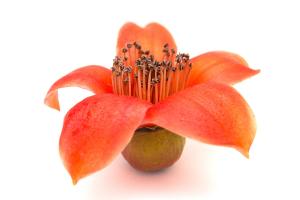Why Do Tomatoes from Bonnie Plants Become So Diseased?
For many home gardeners, purchasing tomato plants from Bonnie Plants has become a popular option due to their reputation for healthy and abundant harvests. However, in recent years, some gardeners have reported significant problems with disease affecting their Bonnie Plants tomato crops. This article will explore some of the reasons why these plants may be more prone to disease and what gardeners can do to prevent and manage these issues.
The Source of Bonnie Plants
One factor that may contribute to the increased incidence of disease in Bonnie Plants tomatoes is the source of the plants. Bonnie Plants are grown in multiple locations throughout the United States and transported to retailers across the country. This means that plants from different regions may be mixed at retail outlets, potentially exposing plants to diseases that are not typically present in their home area. Additionally, plants grown in commercial greenhouses can be more prone to disease due to their proximity to other plants and a controlled indoor environment that can create conditions more favorable to disease development.
Fungicide Resistance
Tomato plants in general are susceptible to fungal diseases such as early blight, late blight, and powdery mildew. However, some gardeners have reported that their Bonnie Plants tomatoes appear to be more resistant to commonly used fungicides. A possible explanation for this could be that the plants have been bred for traits such as flavor, appearance, and productivity rather than disease resistance. This could leave them more vulnerable to disease pathogens that are becoming increasingly resistant to traditional chemical controls.
What Gardeners Can Do
Despite these challenges, there are steps that home gardeners can take to prevent and manage disease in their Bonnie Plants tomatoes. First and foremost, gardeners should carefully inspect plants for signs of disease before purchasing and planting them. Look for yellowing leaves, moldy spots, and other signs of plant stress that could indicate the presence of disease. Once plants are established in the garden, practice good sanitation by removing any diseased plant material as soon as it is detected. This can help prevent the spread of pathogens to other plants in the same or neighboring gardens.
In addition, gardeners may want to consider planting disease-resistant tomato varieties, such as those labeled with an F or V on their packaging. These varieties have been bred for resistance to common tomato diseases and may be less susceptible to the issues that Bonnie Plants tomatoes have been experiencing. Finally, consider using organic methods of disease control such as copper fungicides, neem oil, and compost tea to manage disease without relying solely on synthetic chemicals.
In Conclusion
While some gardeners may be experiencing issues with disease in their Bonnie Plants tomatoes, it's important to remember that any plant can be susceptible to disease. By inspecting plants carefully, practicing good sanitation, and using disease-resistant varieties and organic controls when possible, gardeners can help prevent and manage disease in their tomato crops. With a little extra care, home gardeners can still enjoy healthy, vibrant tomato plants and delicious fruit from Bonnie Plants.

 how many times do yo...
how many times do yo... how many planted tre...
how many planted tre... how many pine trees ...
how many pine trees ... how many pecan trees...
how many pecan trees... how many plants comp...
how many plants comp... how many plants can ...
how many plants can ... how many plants and ...
how many plants and ... how many pepper plan...
how many pepper plan...





























